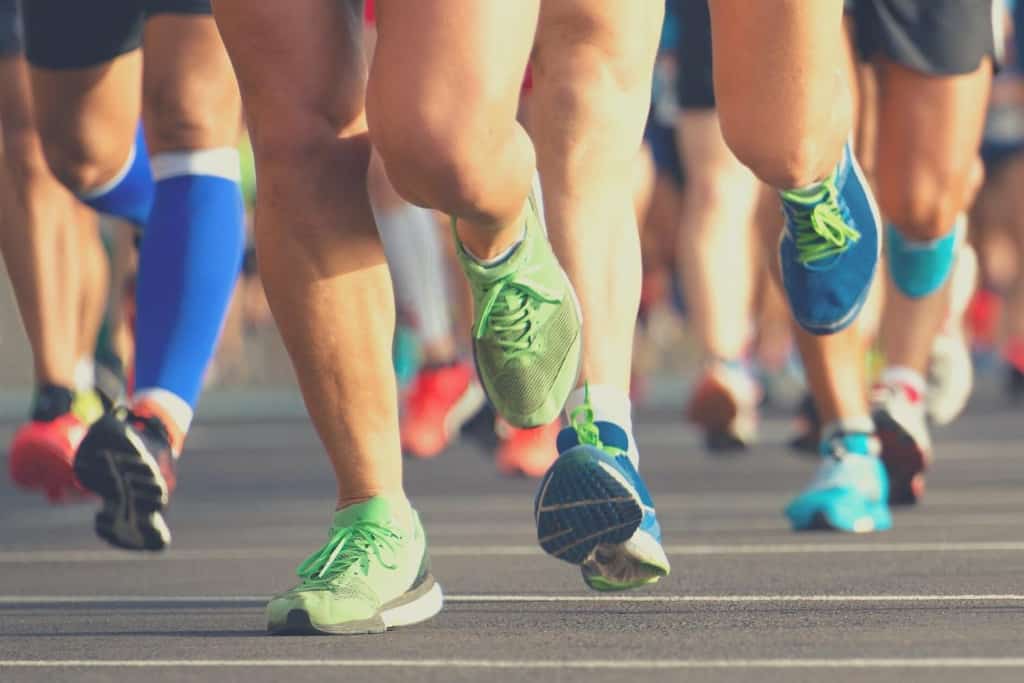Published on: 03/30/2022
Last updated on: 01/06/2023
In a hurry? Go directly to the top 5.
Whether you’re a beginner runner or a lifetime runner with thousands of miles under your belt, finding the proper pair of running shoes is essential. Local running stores dazzle you with row after row of running shoes showcasing the major brands, presenting an array of colors, and offering more features than you ever thought possible.
Choosing the right running shoes ensures a smooth ride, leaves you feeling fresh at the end of your run, and helps prevent injury. However, finding the right shoes is more than the shoes being a comfortable fit. One of the most critical aspects of buying running shoes is finding a running shoe supporting your natural running style.
While most runners can wear neutral shoes, motion control running shoes can make the difference between an enjoyable run and fighting too much fatigue or injury if your foot rolls outward excessively.
What are motion control shoes?
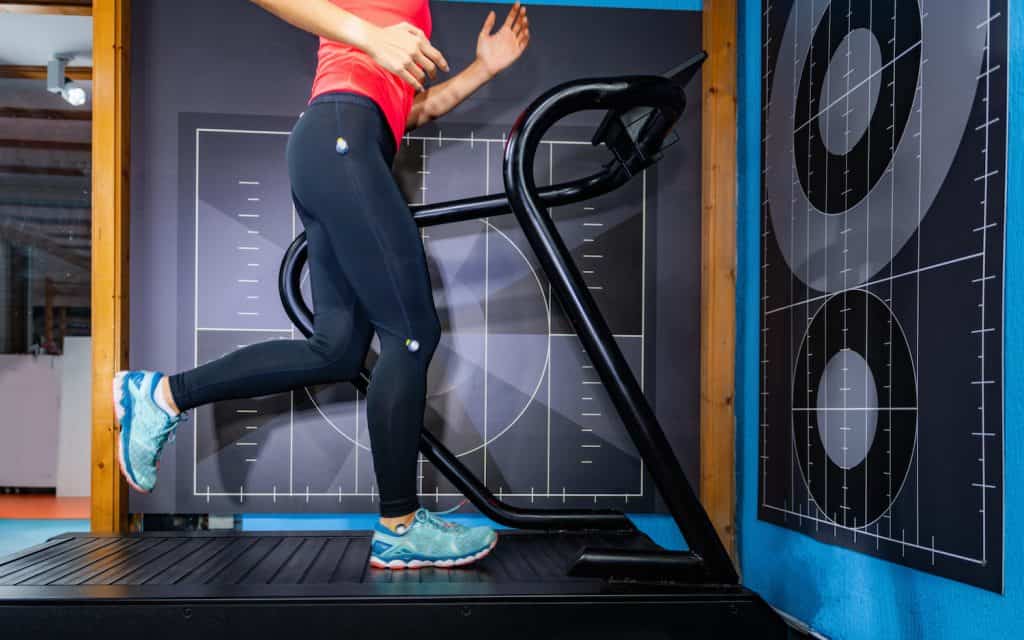
A runner’s stride — officially known as your gait cycle — is unique. A key component of gait is pronation, or how your foot strikes the ground. There are three types of pronation.
Basic pronation
Basic, or neutral, pronation occurs when your foot rolls inward slightly. The medial side of your foot absorbs the impact of your foot strike and relieves pressure on your knees and joints. Most of the push-off comes from the big toe and second toe, while the other toes act as stabilizers. If you’re a normal pronator, the wear pattern on your running shoes is the ball of your foot and heel.
Overpronation
In overpronation, the inward ankle roll is excessive, putting extra pressure on the first and second toes. A severe overpronator typically has flat feet, also known as fallen arches. Excessive pronation puts athletes at risk of plantar fasciitis, Achilles tendonitis, low back and hip pain, and shin splints. A wear pattern along the inside of your running shoe at the heel and ball of your foot indicates overpronation.
Researchers have documented a small but significantly higher risk of injury associated with overpronation (1).
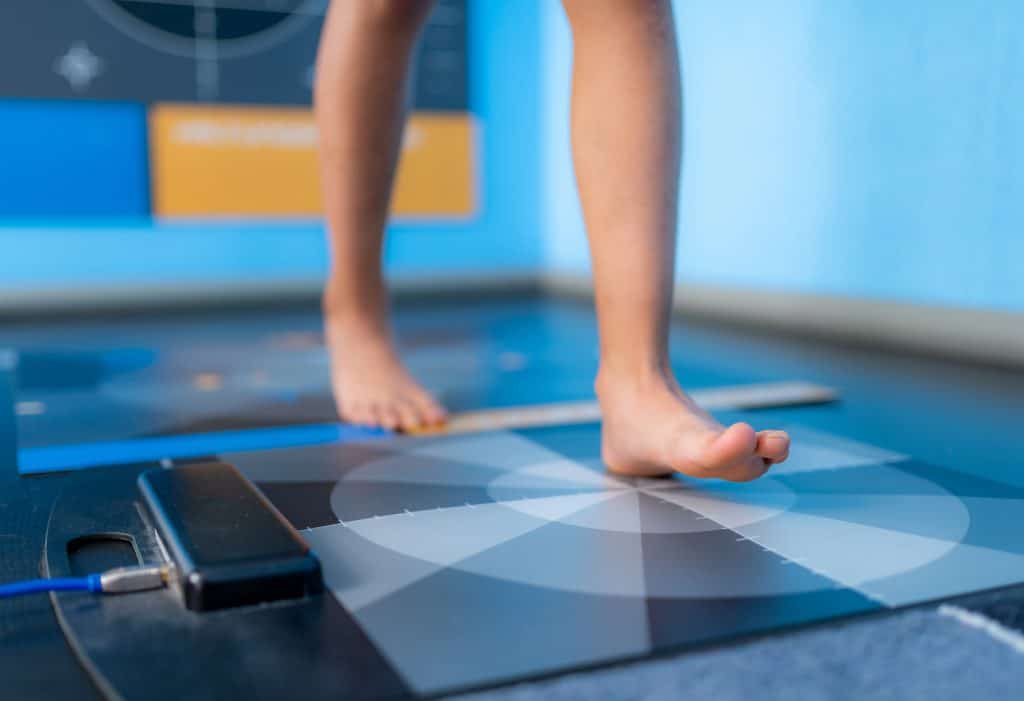
Supination
Supination, also called underpronation, is an outward roll toward the lateral side of your foot as it hits the ground. This excessive outward roll places extra stress on the small toes and bones of the foot and can lead to injuries (2) such as iliotibial band syndrome and ankle injury. In supination, the wear pattern on your shoe is along the outside of your shoe.
Supinators may not benefit from stability shoes or motion control running shoes. Instead, if your foot rolls outward when it hits the ground, look for neutral shoes with a good structure to support your foot but without a medial post. If the supination causes discomfort or injuries, your health specialist may recommend orthotics to help.
The difference between stability and motion control running shoes
Stability running shoes support the foot’s arch and have extra support through the midsole and into the heel to prevent overpronation. These shoes are heavier and stiffer than neutral models and are ideal for runners who mildly overpronate.
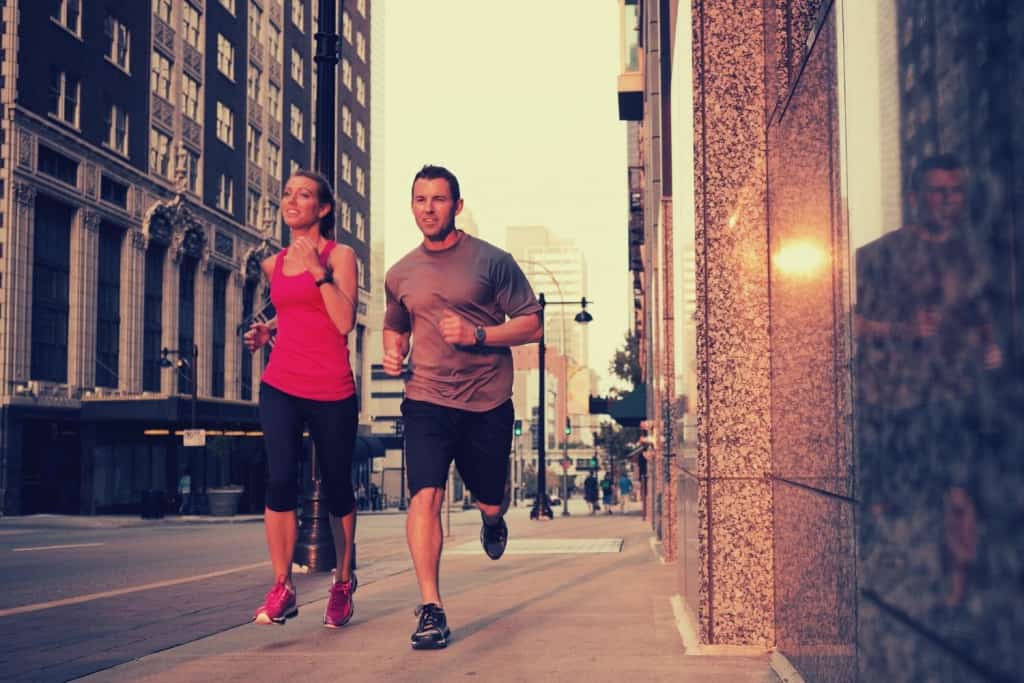
On the other hand, motion control running shoes provide more support than stability shoes. They serve to counteract moderate to severe overpronation and can also prove beneficial for heavyweight runners who need maximal stability.
In addition to providing extra support for the arch, motion control shoes typically have stability features such as additional heel cup support or other features to prevent the foot from rolling inward. A motion control shoe is noticeably stiffer and heavier than a stability shoe.
We should note that strong scientific evidence is lacking (3) in demonstrating the value of a stability shoe vs. a neutral shoe. However, a study by the Luxembourg Institute of Health showed that motion control running shoes could help reduce the risk of running-related injury in overpronators (4).
Our Selection of the Best Motion Control Running Shoes
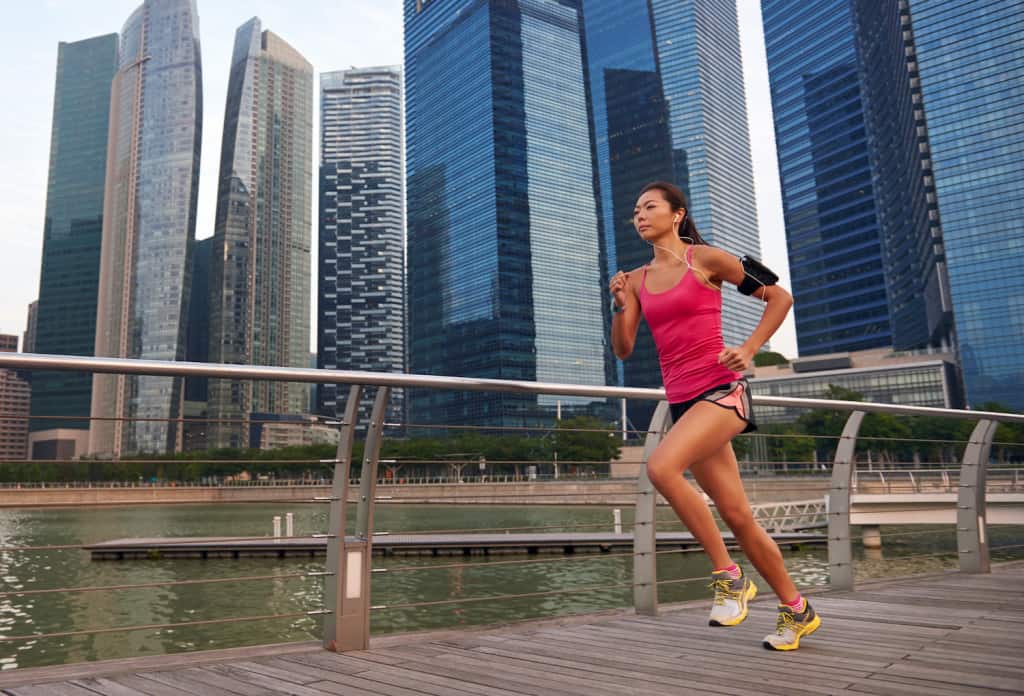
Most major brands offer motion control running shoes designed to correct severe overpronation, but making sense of the configurations and options can be confusing. We know that overpronation can lead to foot problems or aggravate running injuries. As such, we take our responsibility seriously when recommending control running shoes that correct overpronation and help you avoid injury. We carefully analyze reviews from hundreds of athletes, from casual runners to serious marathoners. Here are five top picks for motion control shoes for road running.
Comparison Table
| Shoe | Heel height | Drop | Weight | Cushioning | Support | Best offer |
|---|---|---|---|---|---|---|
Brooks Adrenaline GTS 22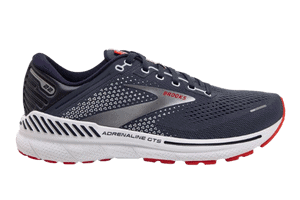 | 24 mm | 12 mm | 10.2 oz | Balanced/Firm | Medium | Check prices → |
Asics GEL-Kayano Lite 2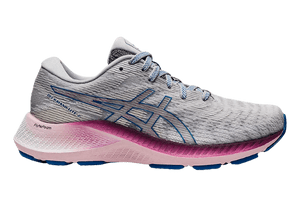 | 23 mm | 12 mm | 10.1 oz | Balanced | Medium | Check prices → |
Saucony Omni 20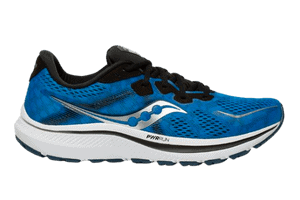 | 34 mm | 8 mm | 11.7 oz | Balanced | Medium | Check prices → |
Brooks Beast 20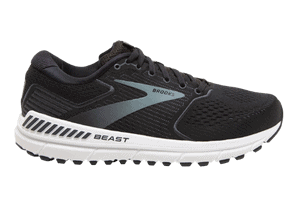 | 36 mm | 12 mm | 11.9 oz | Soft/Balanced | High | Check prices → |
Saucony Guide 15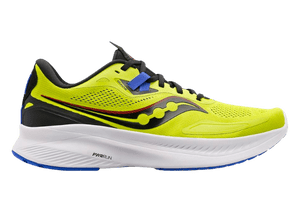 | 35 mm | 8 mm | 9.5 oz | Balanced/Firm | Medium | Check prices → |
1. Brooks Adrenaline GTS 22: Best for Daily Short Runs
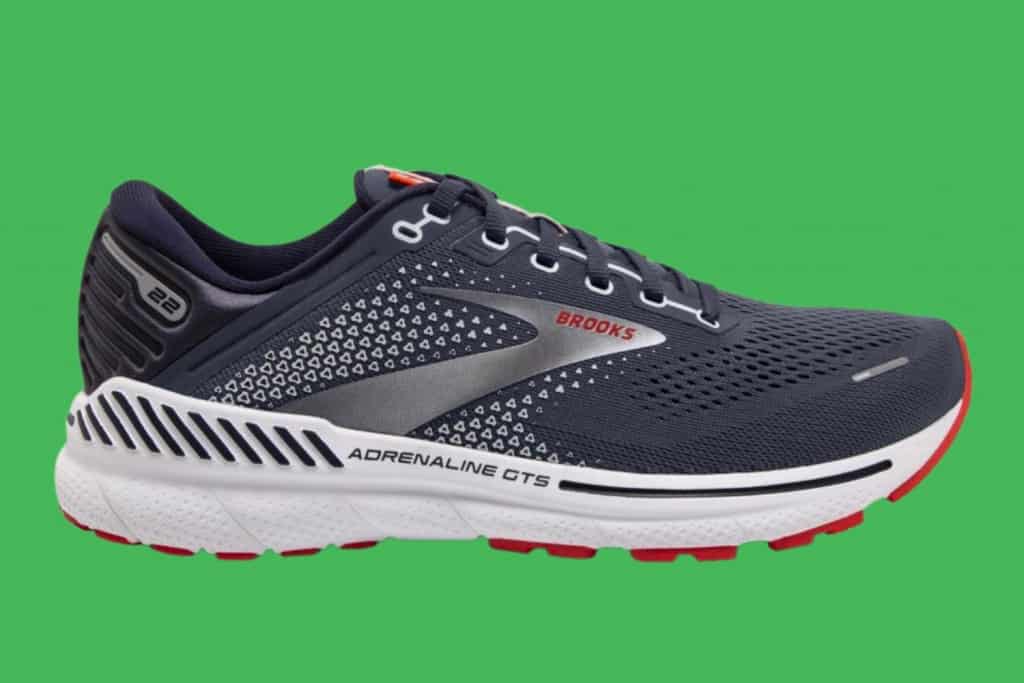
Facts
Stack: 24 mm (heel), 12 mm (forefoot)
Drop: 12 mm
Weight: 10.2 oz/289 g (men), 8.8 oz/250 g
Support level: Medium
Cushioning: Balanced/Firm
At 10.2 ounces for men and 8.8 ounces for women, the Brooks Adrenaline GTS 22 is a lightweight and comfortable shoe. With a heel-to-toe drop of 12 mm, it’s a good pair of motion control shoes for runners and walkers with a flat to medium arch.
This shoe is available in narrow, standard, wide, and extra-wide widths, but the toe box on the regular width model is narrow. If you have wide feet, opt for a wider version.
A new breathable mesh upper is improved over the previous version of GTS. For those who like style, a secure fit, and stability, the GTS 18 comes in various colors and feels comfortable right out of the box.
Pour
Contre
2. Asics GEL-Kayano Lite 2: Best for Comfort
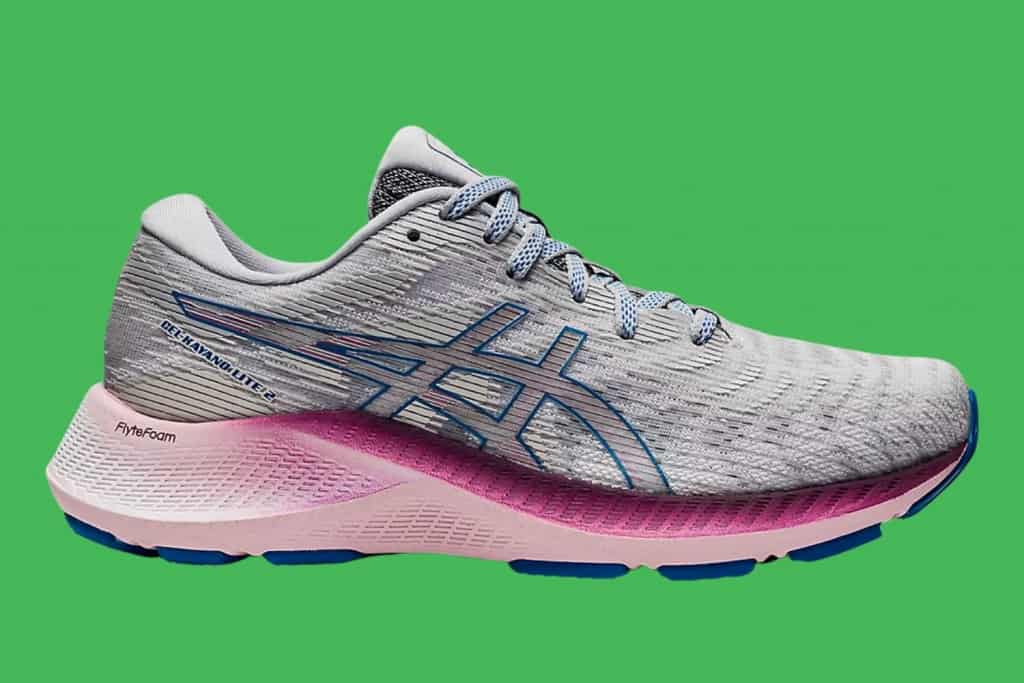
Facts
Heel stack: 23 mm (men), 25 mm (women)
Toe stack: 13 mm (men), 12 mm (women)
Drop: 10 mm (men), 13 mm (women)
Weight: 10.1 oz/286 g (men), 8.7 oz/247 g
Support level: Medium
Cushioning: Balanced
Overpronators need extra support in two areas: the midsole and the heel. The GEL-Kayano Lite features Asics’ GEL cushioning technology needed for shock absorption in those two areas, but the rest of the shoe is lightweight and flexible.
The Lite uses a single piece of foam in the midsole vs. a hard plastic bridge in the midfoot and a dual-density post on the medial side like the standard motion control GEL-Kayano.
The upper’s stretch mesh is made of recycled materials and creates a personalized fit. In addition, a broader heel and forefoot platform provide greater stability.
Pour
Contre
3. Saucony Omni 20: Best Budget Pick
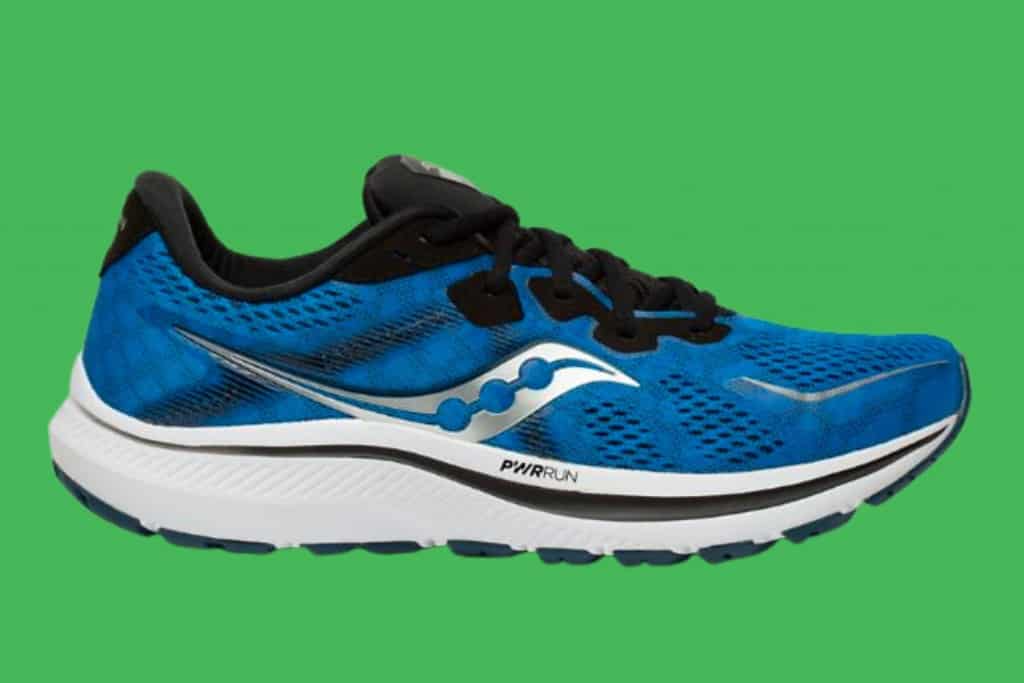
Facts
Stack: 34 mm (heel), 26 mm (forefoot)
Drop: 8 mm
Weight: 11.7 oz/332 g (men), 10.2 oz/290 g
Support level: Medium
Cushioning: Balanced
The Saucony Omni 20 is easy on your budget, coming in between $66 and $100. Since version 19, Saucony switched to the PWRRUN midsole, which provides cushioning and support for a more springy ride for a nice weekend long run. Omni’s cushioning is supportive and can potentially help with plantar fasciitis.
For the Omni 20, Saucony updated the midsole, outsole, and upper for a more streamlined build, though it remains heavy.
Pour
Contre
4. Brooks Beast 20: Best for Heavy Runners
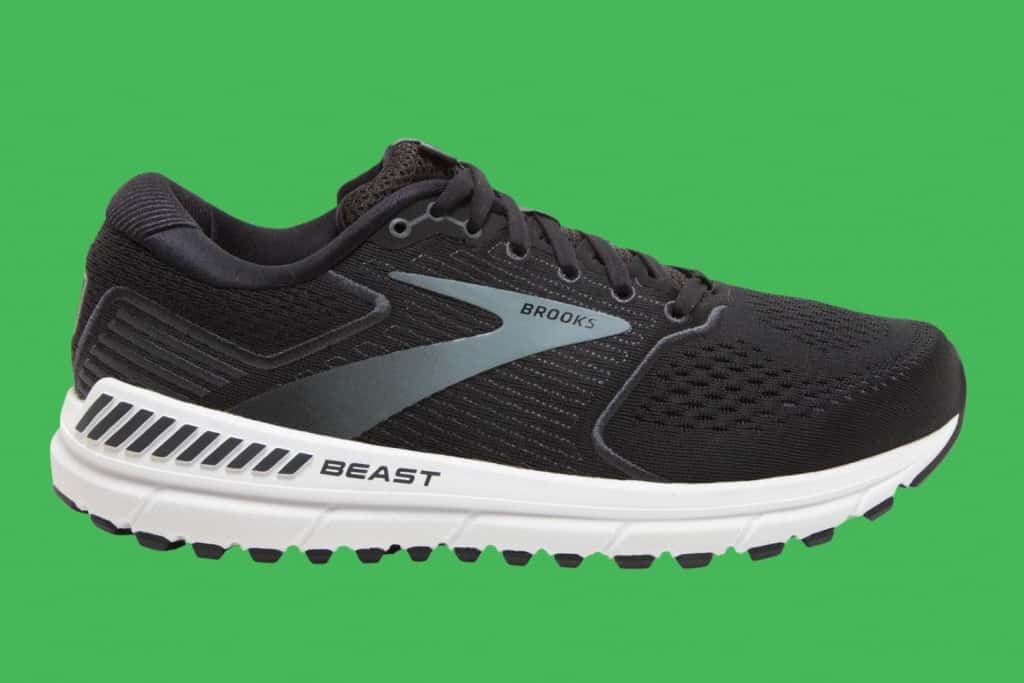
Facts
Stack: 36 mm (heel), 24 mm (forefoot)
Drop: 12 mm
Weight: 11.9 oz/337 g (men)
Support level: High
Cushioning: Soft/Balanced
Runners with wide feet like this shoe’s stable platform and extra support in the midfoot. Brooks added guide rails to the midsole to counteract the tendency to overpronate, yet all the support is virtually unnoticeable.
Brooks also decreased the weight of the motion control shoe, going from 13.3 ounces to 11.7 ounces. The Brooks Beast 20 has roomy toe space and is available in normal, wide, and extra-wide widths. With its mesh upper and mesh lining, runners report the shoe effectively wicks away moisture, leaving their feet cool and dry.
Last but not least, the heel stack of 36 mm means plenty of cushioning for heel-strikers and heavy runners.
Pros
Cons
5. Saucony Guide 15: Best for Lightweight Max Cushion
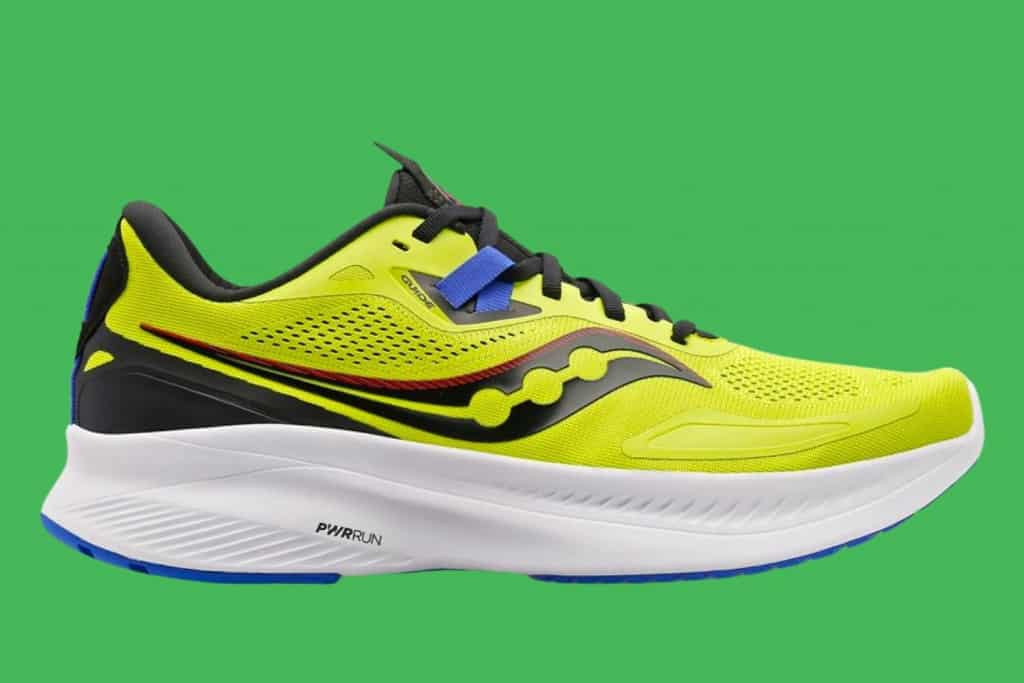
Facts
Stack: 35 mm (heel), 27 mm (forefoot)
Drop: 8 mm
Weight: 9.5 oz/269 g (men), 8.3 oz/235 g
Support level: Medium
Cushioning: Balanced/Firm
The Saucony Guide 15 pairs a high stack PWRRUN midsole foam with a lightweight medial post for optimal stability and comfort during your longer runs. It also has a wide toe box and delivers good traction.
Weighting below 10 oz (men’s), it’s officially one of the lightest support shoes out there (especially considering the maximal cushioning).
However, it’s more of a stability shoe than a motion control running shoe so you may want to give it a good try if you are unsure.
Pour
Contre
Other notable options
- New Balance Fresh Foam 1540 v3
- Brooks Addiction
Frequently Asked Questions (FAQs)
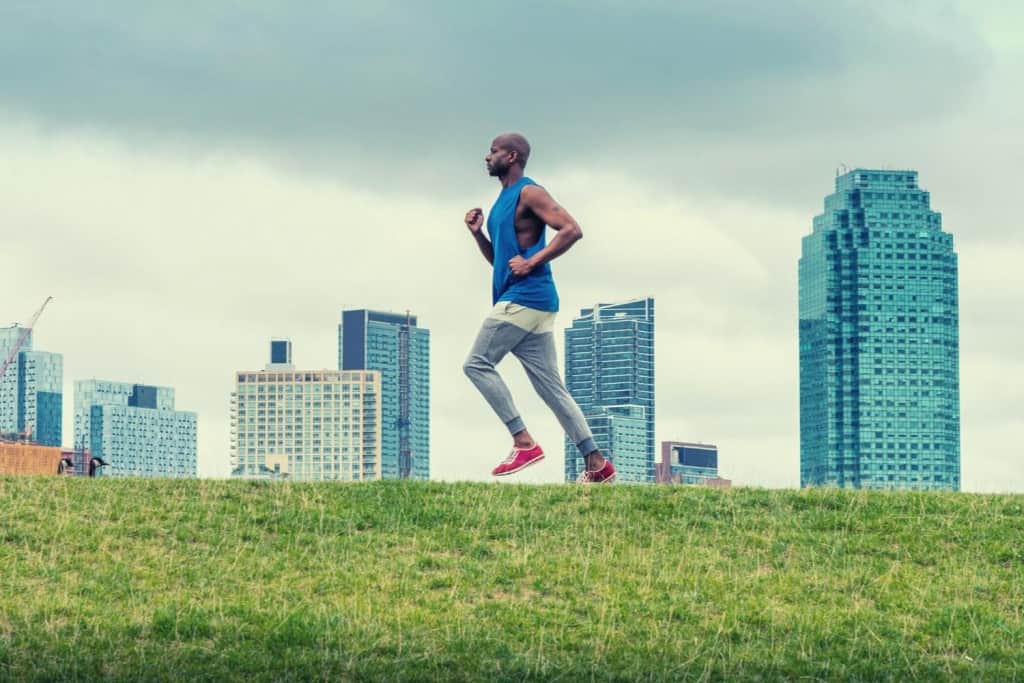
Runners who are heavy, have flat feet, or severely overpronate should wear motion control shoes. Motion control running shoes have arch support and heel support to keep the foot from rolling inward when it strikes the ground. Motion control running shoes are stiffer than stability running shoes or neutral running shoes.
The Gaviota is Hoka One One’s motion control shoe. Its deep padding and cushioning make it ideal for heavy runners as well as severe overpronators. Hoka uses a J frame construction to provide support rather than a medial post. It’s a good shoe that offers a stable ride. However, like many other motion control shoes, it’s quite stiff and heavy.
The short answer is not really. The good news is that natural terrains tend to be softer than urban surfaces so the risk of overpronation-related injury may be lower. However, the keyword here is may as there are no studies on this topic to our knowledge.
References
Foot posture as a risk factor for lower limb overuse injury: a systematic review and meta-analysis.
Neal et al. (2014). Journal of Foot and Ankle Research.
https://jfootankleres.biomedcentral.com/articles/10.1186/s13047-014-0055-4
Association between the Foot Posture Index and running related injuries: A case-control study
Pérez-Morcillo et al. (2018). Clinical Biomechanics.
https://www.clinbiomech.com/article/S0268-0033(18)30430-3/fulltext
Foot pronation is not associated with increased injury risk in novice runners wearing a neutral shoe: a 1-year prospective cohort study
Nielsen et al. (2013). British Journal of Sports Medicine.
https://bjsm.bmj.com/content/48/6/440.abstract
The effectiveness of motion control systems in preventing running-related injuries: A double-blind randomised controlled trial
Malisoux et al. (2015). Luxembourg Institute of Health.
https://www.researchgate.net/publication/343336160_The_effectiveness_of_motion_control_systems_in_preventing_running-related_injuries_A_double-blind_randomised_controlled_trial

